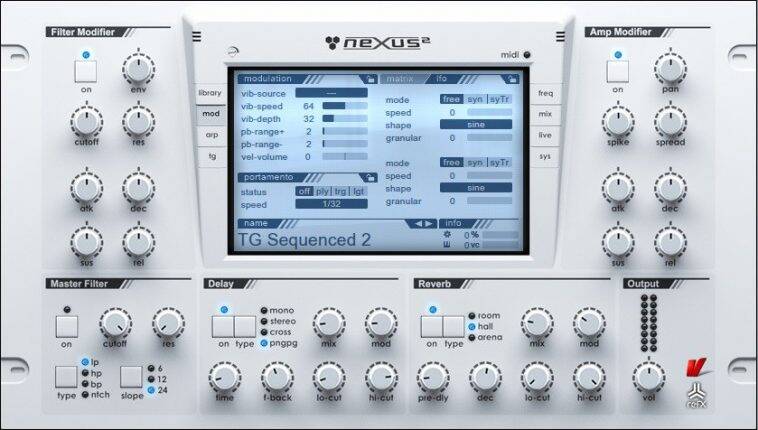
Save and close the file, then reload the systemd daemon with the following command: systemctl daemon-reload You can create it with the following command: nano /etc/systemd/system/rvice Next, you will need to create a systemd service file to manage the Nexus via systemd. Step 4 – Create a Systemd Service File for Nexus Next, edit the Nexus configuration file and define the Nexus user: nano /app/nexus/bin/nexus.rcĬhange the following line: run_as_user="nexus" Next, change the ownership and permissions of the Nexus directory with the following command: chown -R nexus:nexus /app/nexus Next, rename the extracted directory with the following command: mv nexus-3* nexus Next, extract the downloaded file with the following command: tar -xvf Next, change the directory to /app and download the latest version of Nexus with the following command: cd /app Next, create the required directory to store Nexus files: mkdir /app Step 3 – Install Sonatype Nexus Oracle Linux 8įirst, create a dedicated user to run Nexus with the following command: adduser nexus OpenJDK 64-Bit Server VM (build 25.342-b07, mixed mode) OpenJDK Runtime Environment (build 1.8.0_342-b07) You should see the following output: openjdk version "1.8.0_342" Once Java is installed, you can verify the Java version using the following command: java -version If not installed, you can install it with the following command: dnf install java-1.8.0-openjdk.x86_64 -y Sonatype Nexus is a Java-based application, so Java must be installed on your system. Once you are logged in to your Oracle Linux 8 server, run the following command to update your base system with the latest available packages. Connect to your Cloud Server via SSH and log in using the credentials highlighted at the top of the page. Create a new server, choosing Oracle Linux 8 as the operating system with at least 2GB RAM.


Step 1 – Create Atlantic.Net Cloud Serverįirst, log in to your Atlantic.Net Cloud Server.



 0 kommentar(er)
0 kommentar(er)
